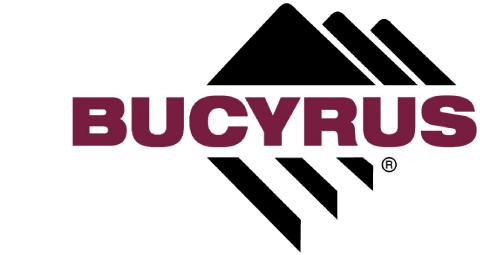
1 minute read
OPERATING INSTRUCTIONS RH170 Operation
Undercarriage
The undercarriage of the hydraulic excavator serves as a stable base and for travelling. The crawler tracks are driven hydraulically with oil motors and travel gearboxes. Undercarriage and superstructure are connected by means of a swing ring.
Superstructure
The superstructure accommodates the drive and part of the hydraulic and electrical equipment.
Drive
The drive unit comprises diesel engines, pump transfer gearboxes, hydraulic pumps, hydraulic cylinders and hydraulic motors.
Hydraulic system
All working and travelling movements are performed hydraulically. The movements are controlled by servovalves. The working commands are initiated by hand and transmitted to the valves via control circuits. The oil supply from the superstructure to the undercarriage is ensured by the rotor. The hydraulic system is overload-protected by pressure-relief valves. The hydraulic pumps are supplied with oil from a hydraulic reservoir.
Pump Managing System (PMS)
The Pump Managing System (PMS) with overlimit regulation ensures optimum utilization of the installed or preset engine power. The electronic pump demand control prevents the machine from demanding more hydraulic power than the diesel engines can furnish. A microprocessor ensures that the hydraulic output power of the pump is optimally suited to the actual operation conditions.
The PMS box (load-limit regulator) is installed in a control cabinet in the driver's cab.
Stored Program Control (SPC)
The SPC controls the functions
Engine Start,
Engine Stop,
Engine Idle,
Central lubricating system,
Further auxiliary functions.
Further information is given in the technical manual: Stored-program control.
Central Management System (CMS)
The CMS is an electrohydraulic servocontrol. Together with the PMS, it provides for optimum interaction between drive hydraulic circuit and working movements.
The required working movements are recognized by microcontroller-assisted scanning of the operating elements (hand levers, pedals) and transmitted to electrohydraulic valves.
In the system sequence, the drive regulation is first activated to provide hydraulic working energy. Only then are working movements enabled. Further information is given in the Technical Handbook, chapter “Electric, Electronic”.


